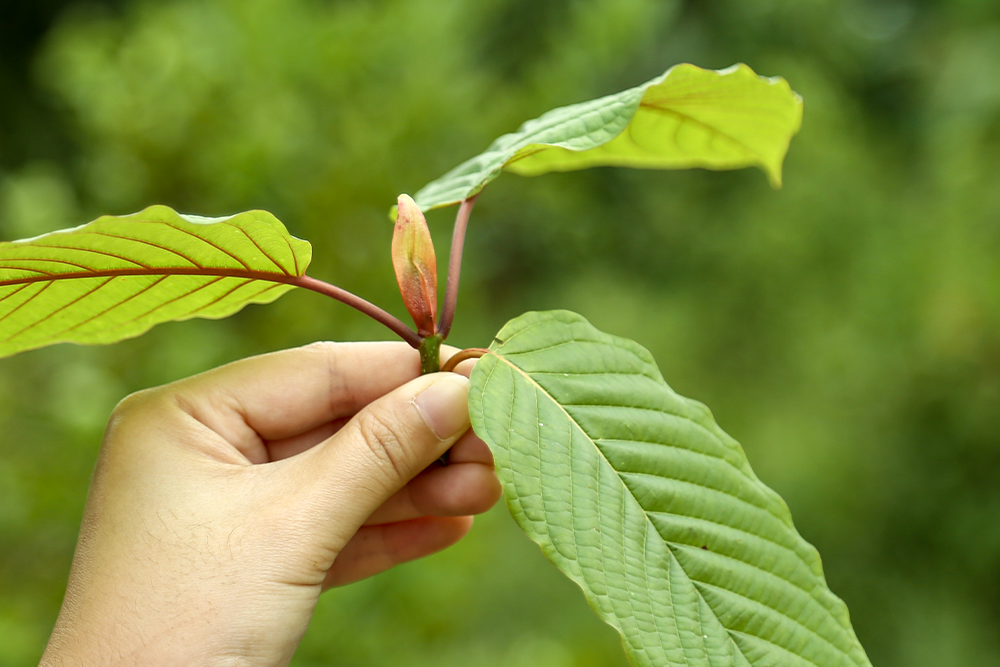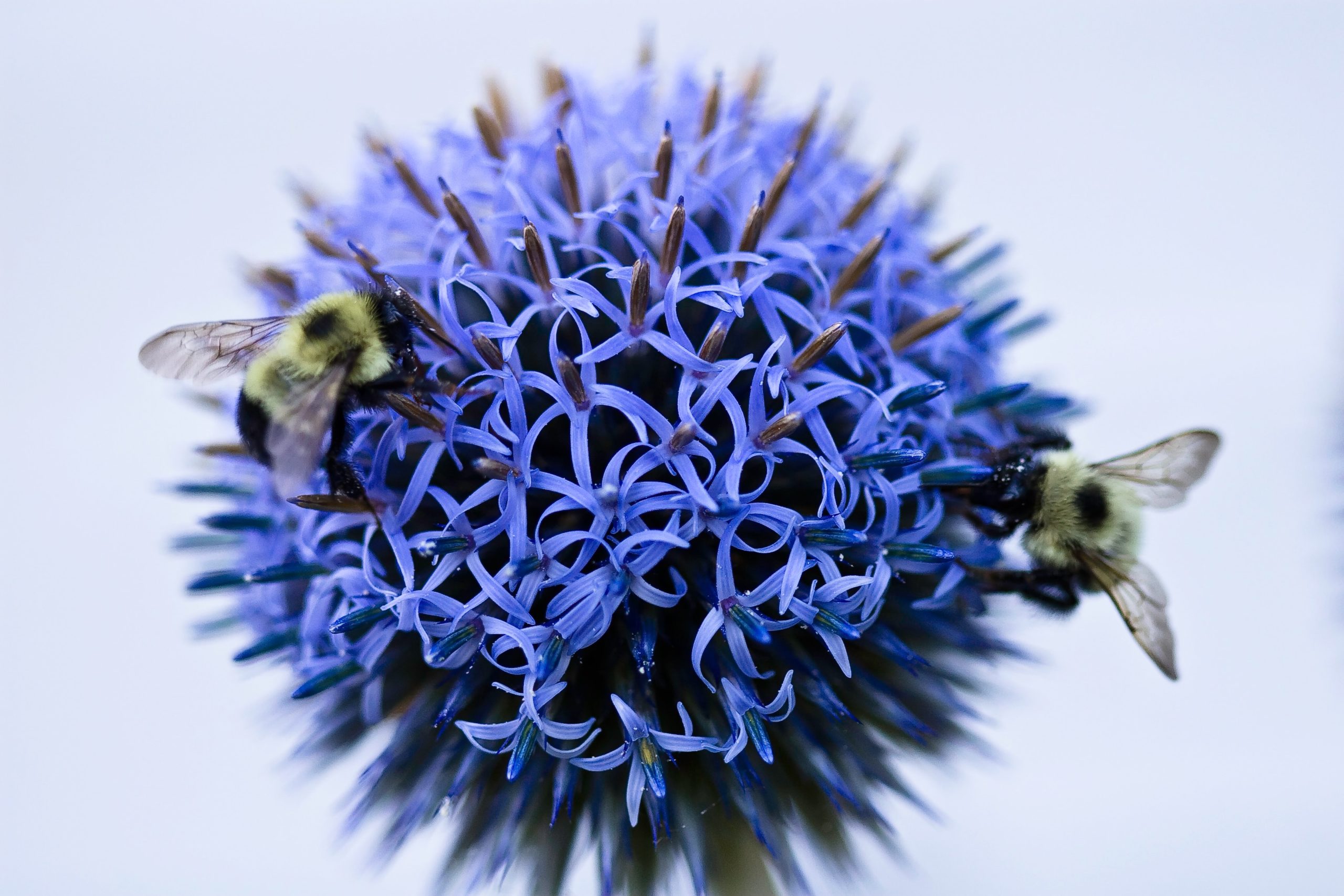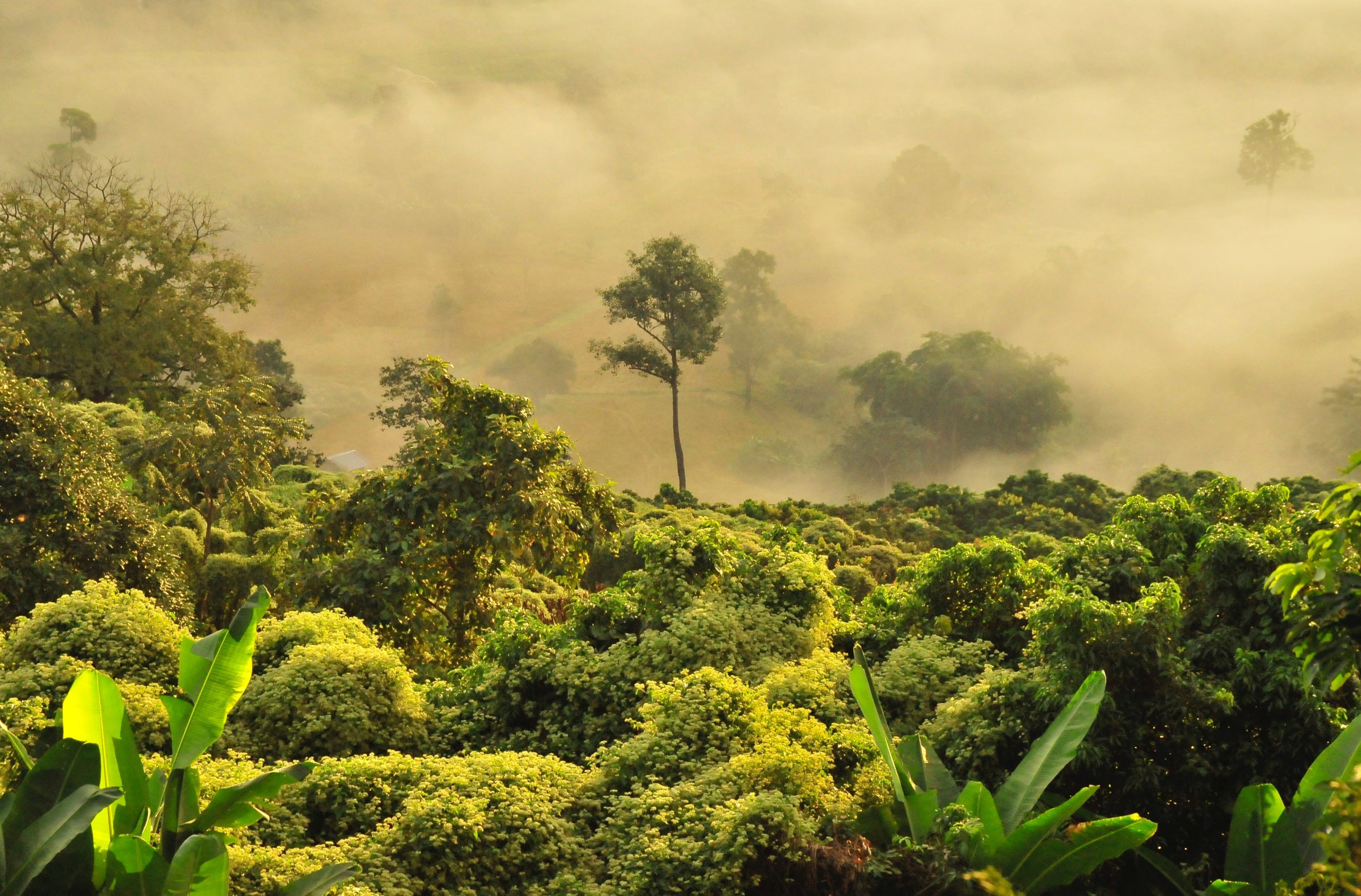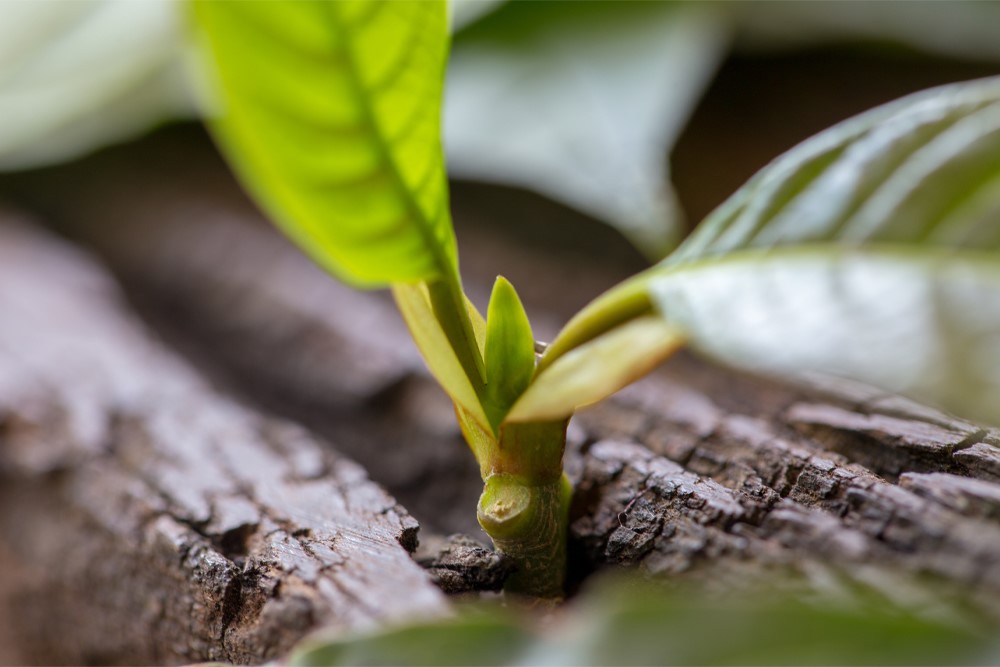
The coevolutionary process is defined as two or more species co-evolving in response to one another. It is more likely to occur in interacting species that share the same environment. And because we’ll be talking about kratom, specifically, we’ll be focusing primarily on plant species when discussing coevolution.
A prominent example of coevolution in plants: the relationship between flowering plants and pollinators. More specifically, bees and flowering plants have evolved side-by-side for millions of years. The bees receive food or nectar, while the plant species receive pollen dispersal and the ability to remain stationary.
But coevolutionary relationships are not always mutually beneficial. Types of coevolution include:
- The predator-prey relationship.
- The parasite-host relationship.
- Competitive relationships.
- Mutualistic relationships.
Bees and pollinators fall under the “mutualistic species” category, where both parties receive some benefit from the coevolutionary relationship. Unfortunately, however, there is not a lot of dedicated research into coevolution in plants or animals. But last year, that didn’t stop scientists from proposing potential human-plant coevolutionary relationships (which we’ll talk more about in a moment).
This begs the question: Have humans contributed to coevolution in plants like kratom?
To determine if kratom and humans share a coevolutionary relationship, we must understand how natural selection influences interacting species, including selective pressures and geographic ranges. Let’s review our ecological terminology really quickly!
Natural Selection: A Short Review
Most of us probably know about natural selection from school. It is the process through which plant species adapt and change in response to their environments. Natural selection is known as the engine which drives all evolution (and coevolution). But evolution goes deeper than just natural selection.
Selective Pressures
Selective pressures are environmental factors that species respond to in the process of evolution. For example, in Southern California, selective pressures might be salty ocean air, intense sunlight, arid landscapes, lack of shade, and so on. Selective pressures are both biotic and abiotic as well. The most common selective pressures include:
- Competition
- Predation
- Disease and illness
- Parasitism
- Land clearance
- Climate change
- Pollutants
- Temperature
- Shelter
- Sunlight
Kratom grows primarily in Southeast Asia. The selective pressure here include: high humidity, high heat, increased land clearance, intense sunlight, storms, and more. Kratom thrives in these conditions because it has learned to evolve in response to these selective pressures.
Geographic Ranges
As humans, we inhabit any number of potential environments: cold tundras, tropical rainforests, high mountain sierras. But such diverse living practices don’t reach beyond our human cultures. In fact, it is much more common for a species to be confined to rather small geographic areas. This is known as a species’ geographic range.
Kratom, as a plant species, is largely limited to a geographic range that includes Indonesia, Thailand, Malaysia, Myanmar, and Papua New Guinea. For kratom to disperse outside of this geographic range, it would take a miracle of coevolutionary processes—and that’s where humanity comes in.
Are Humans Influencing Coevolution in Plants Like Kratom?
Think about the human-kratom relationship for a moment: kratom leaves develop alkaloids; these alkaloids offer benefits to humans when ingested; as a result, humans plant more kratom trees, benefitting the kratom plant species!
Is this relationship an example of the coevolutionary process? For this to be the case, three factors must be true:
- Humans evolved to gain some sort of benefit from kratom’s alkaloids.
- Kratom evolved to produce alkaloids, targeting human interest in the plant.
- Human kratom-planting rates are acting as a selective pressure, influencing how kratom has chosen to evolve and increase their own survival.
In last year’s study, scientists found that China’s Fritillaria delavayi plants increased their camouflage levels in areas where they were more heavily harvested. In short: more harvesting meant higher levels of camouflage to the surrounding, mountainous environment. Look at the coevolution in plants and humans here: humans began harvesting more Fritillaria delavayi, and as a result, the plant species used camouflage as a defense mechanism.
When it comes to kratom, however, the coevolutionary process is taking an opposite approach. The kratom plants are seemingly evolving to cater to human interest, not deter from it (shoutout to iPhteven on Reddit).
In addition, if more countries begin planting kratom as a result of its increased popularity, the plant species can successfully break from its geographic range limitations in Southeast Asia, thus increasing its survival. Humans commonly practice plant dispersal: introducing a species to a new environment away from where it’s originally found.
Coevolution of Kratom & Humans, in Conclusion
As it says in the title: the coevolution of plants like kratom and humans is theoretical. There is little research into human-plant coevolutionary processes, and even less research on kratom, in general. However, it’s important that we propose such questions in our ongoing quest to understand the fascinating kratom tree and its alkaloids.
To propose one last example of human-plant coevolution, take a look at cannabis. In the 1960s, cannabis strains rarely exceeded a THC content of 5%. In fact, cannabis averaged a THC content of about 0.5%. However, today’s cannabis strains regularly exceed 30% THC, perhaps a coevolutionary trait gained from increased human consumption.
The same may be happening with kratom. If, in roughly 60 years, the THC content of cannabis rose 29.5%, who’s to say that the same cannot happen with kratom’s alkaloids? Of course, more concrete research is needed to fully understand this phenomenon in both kratom and cannabis.
However, coevolution in plants and humans is a vital undertaking. Understanding how natural selection—and factors like geographic ranges—influence our flora and fauna allows us to hone respect for the natural world, reverse climate catastrophes, and increase the potency of our natural kratom!




